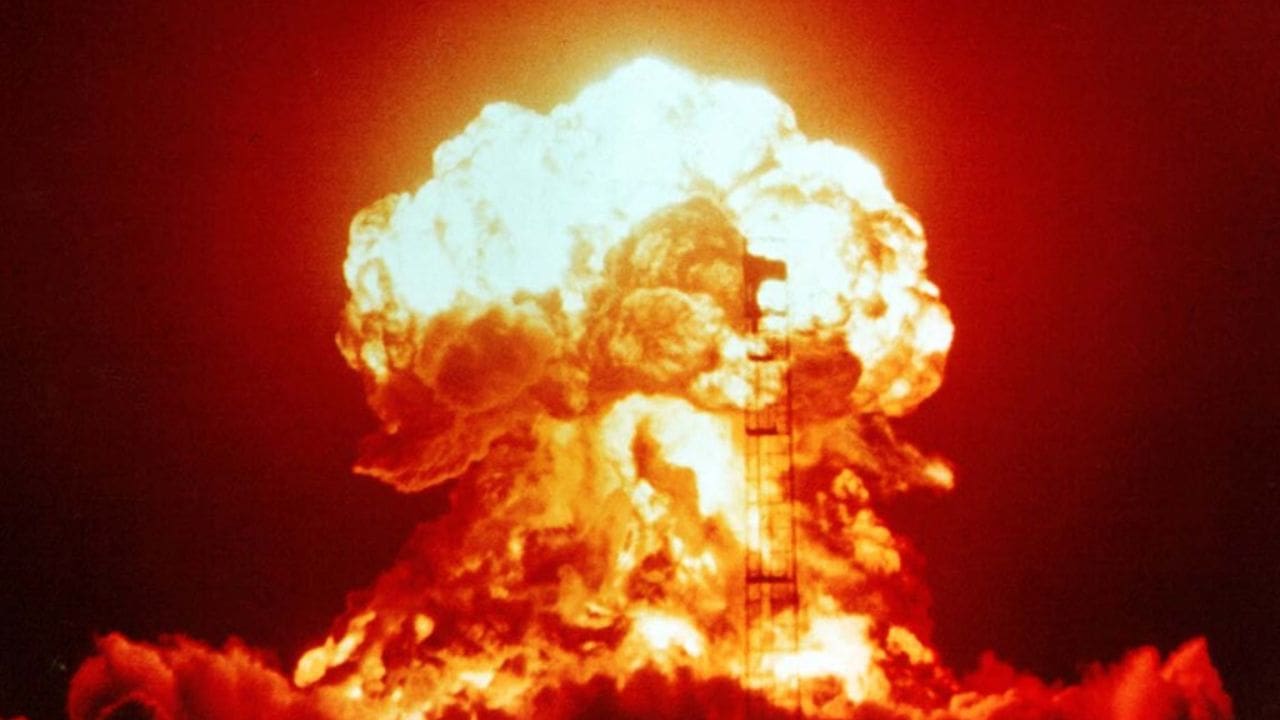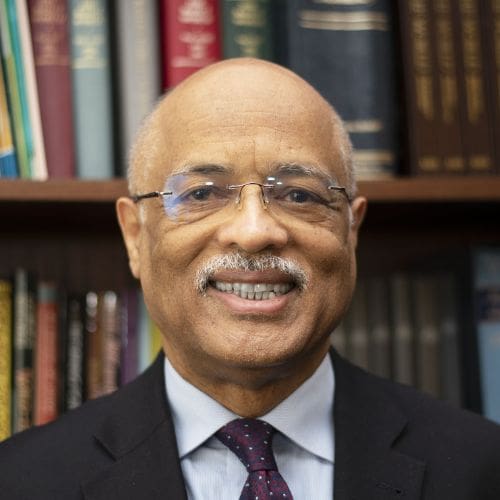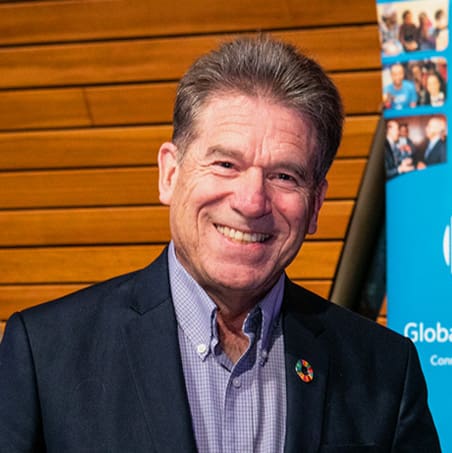The threat of nuclear war is at the highest level it has been since the Cuban Missile Crisis in 1962. However, there is a crucial difference: in 1962, most of us were alert to the threat and its existential nature. Today, by contrast, many of us are oblivious to our history or have simply forgotten it, which poses a huge danger: that of sleepwalking our way into a nuclear war with catastrophic consequences for our country and all of humanity.
This danger is exacerbated by three factors.
The first is the proliferation of nuclear arms and the renewed interest on the part of non-nuclear weapons states to acquire nuclear weapons. The war in Gaza has stirred fears that Iran will race for the bomb and join the nuclear weapons’ club. There are good reasons for such a fear: Recent reports quote the International Atomic Energy Agency (IAEA) as saying that Iran is now enriching uranium up to 60 percent, considerably more than the 3.67% permitted under the Joint Comprehensive Plan of Action (JCPOA). The IAEA also believes Iran already possesses enough fissile material to make three nuclear weapons. Moreover, the breakout time (the time required to produce enough fissile material at the 90 percent concentration needed for nuclear weapons, not taking into account the time needed to build a deliverable nuclear warhead) is now zero. The fact that the Iran has prevented the IAEA, the world’s nuclear watchdog, from properly monitoring its nuclear activities since early 2021 only exacerbates these concerns. Added to all this are Iran’s own threats that she will reconsider her nuclear stance if her nuclear facilities are threatened.
These fears have a potentially cascading effect: they are likely to spur other countries in the Middle East, including Saudi Arabia and the UAE, to seek nuclear capabilities of their own starting with civilian capabilities. Indeed, Saudi Prince Mohammad has already stated that were Iran to build nuclear weapons, Saudi would follow suit. Alas, the more nuclear weapons the world has, the greater the chance they will be used intentionally or accidentally.
A similar scenario is playing out further afield in Asia where China’s assertion of territorial claims to disputed islands in the South China Seas like the Paracels and Spratlys and their adjacent waters rich in reserves of natural resources and its claims to the islands of Senkaku/Diaoyu in the East China Sea, coupled with China’s stated desire to absorb Taiwan, are making other countries in the region fearful of China’s power. Japan and South Korea are particularly nervous, especially given the nuclear threat from North Korea. Their fears have been exacerbated by America’s uneven support of Ukraine in the face of Russian territorial aggression. Even though the United States is bound by a trilateral cooperation agreement to defend Japan and the Republic of Korea under its nuclear umbrella they are worried that the support they have been promised may not be forthcoming. These factors taken together are leading both countries to float the idea of acquiring their own nuclear weapons.
The second factor exacerbating the threat of nuclear war is that the guardrails in the form of a treaty regime so painstakingly crafted by the international community designed to reduce the number of nuclear weapons have been crumbling. The Intermediate-Range Nuclear Forces (INF) Treaty collapsed in 2019. The Anti-Ballistic Missile Treaty is defunct; and while the new Strategic Arms Reduction Treaty (START Treaty) — the last Treaty governing nuclear weapons between the U.S. and Russia– is theoretically in effect until 2026, Russia has suspended its participation in the Treaty and has allegedly not complied with her obligations under it since 2023.
The third factor enhancing the threat of nuclear war is the escalating rhetoric of countries like Russia. In early May of this year, Russia sent a clear warning that its arsenal of nuclear weapons was always in a state of combat readiness and announced that it would be holding military drills with troops based near Ukraine to prepare for the possible use of tactical nuclear weapons. This was Russia’s most explicit threat to date that it might use such weapons in Ukraine.
The combination of these three factors should serve to wake us up to the reality facing us before it’s too late. We can no longer afford to be complacent about the dangers of nuclear war, especially as we know, from past experience, that conflicts can escalate rapidly, spin beyond our control and lead to unintended consequences. It’s time we stopped and considered the price humanity would have to pay if we had even a “limited” nuclear war – limited geographically or in time. Experts suggest that using even one percent of our nuclear weapons would have a severe impact on the world’s climate, leading to a nuclear winter and a global famine in which 2 billion people―a quarter of the world’s population―would be at risk of starvation. These are unacceptable costs. Are we really willing to pay them?
As we stand on the precipice of unprecedented horror and untold suffering, we have a choice to make: we can continue our self-destructive dive into the abyss or work assiduously as a community of nations to build a global system of collective security that will ensure global peace and security. Such a system should be grounded in collectively agreed-upon international rules which are enforced even-handedly against any nation that threatens the peace using an international standing force that acts at the behest of, and in service to, the international community.
Image source: Photo courtesy of National Nuclear Security Administration / Nevada Site Office, Public domain, via Wikimedia Commons


























